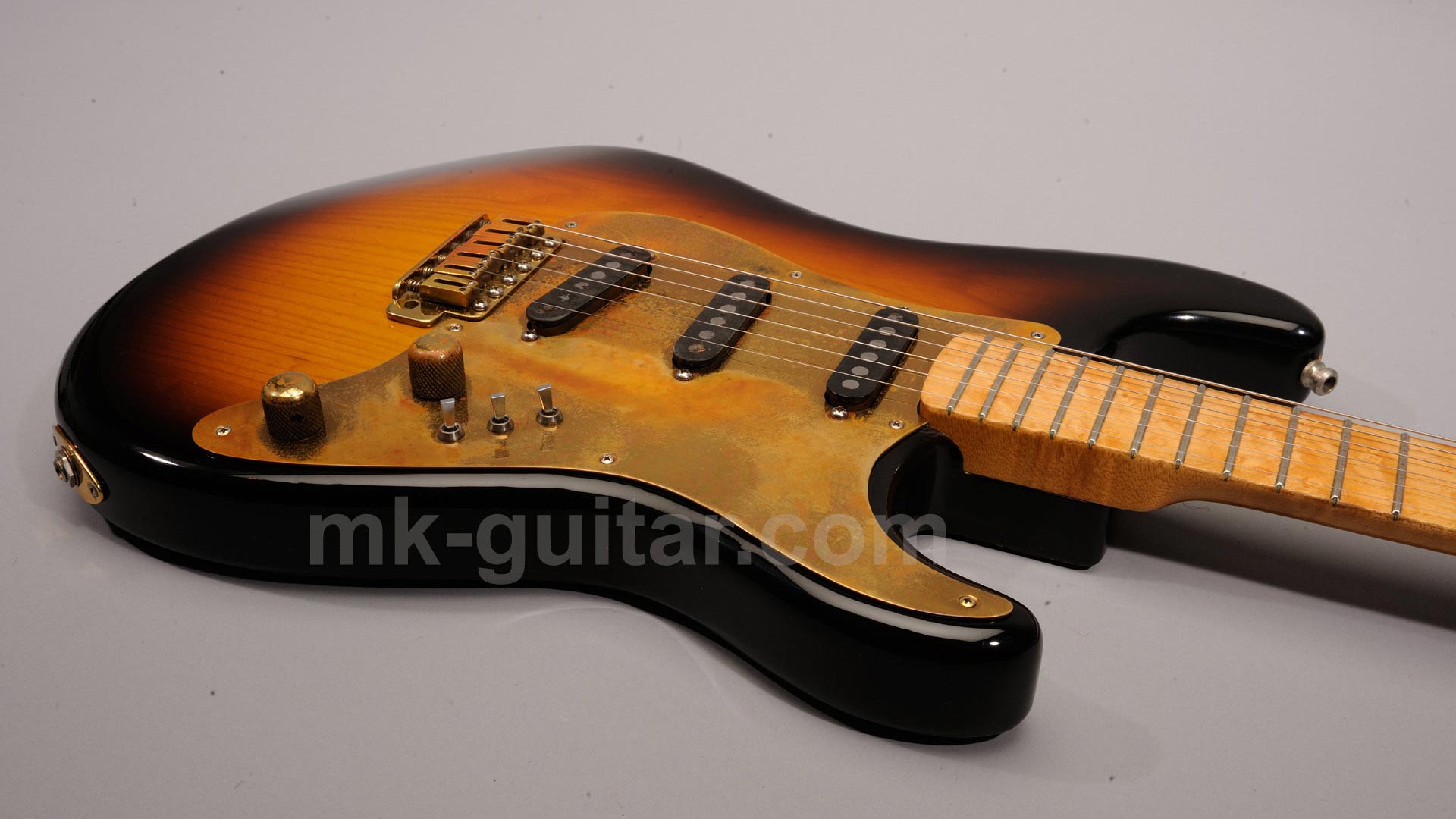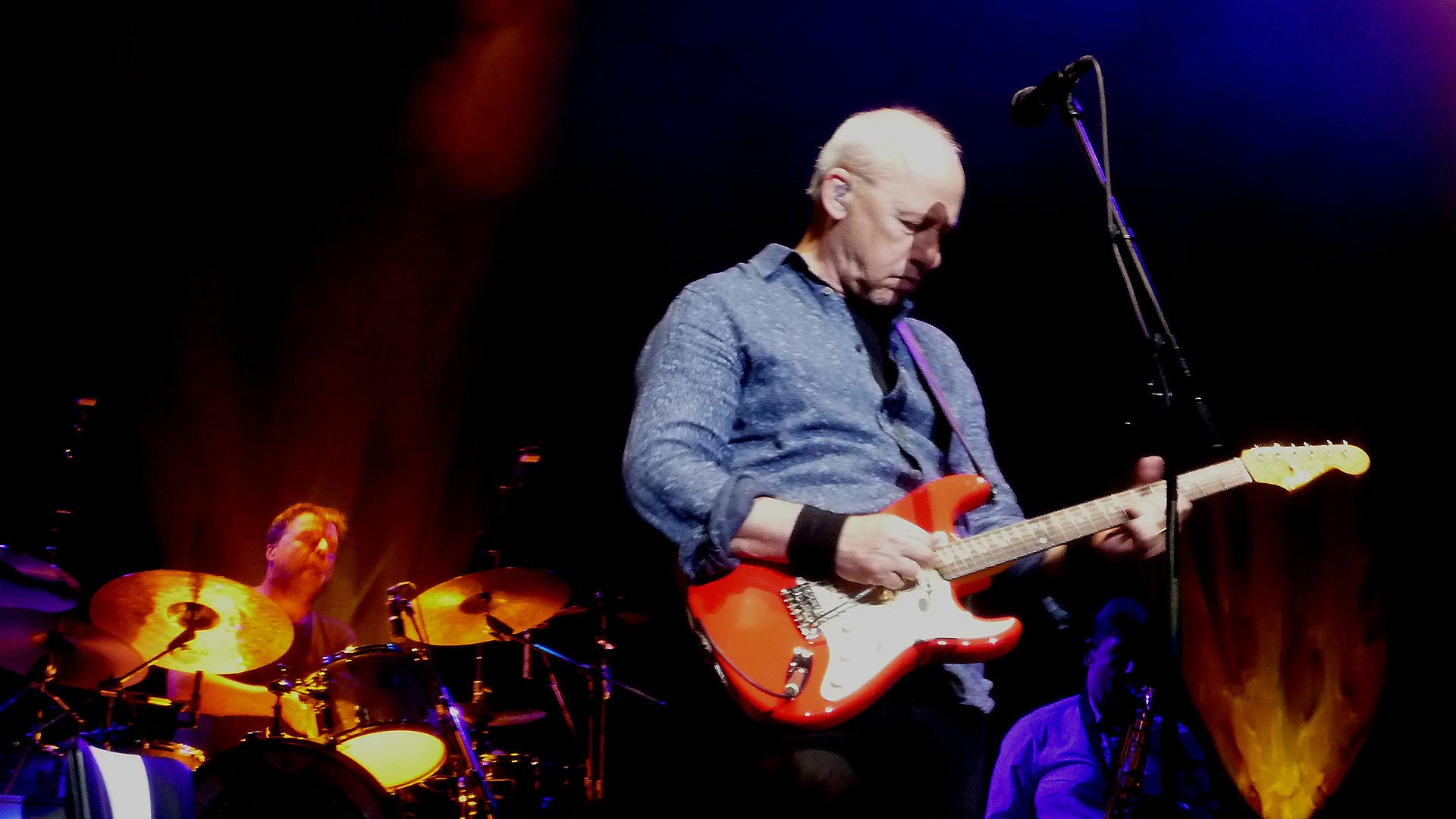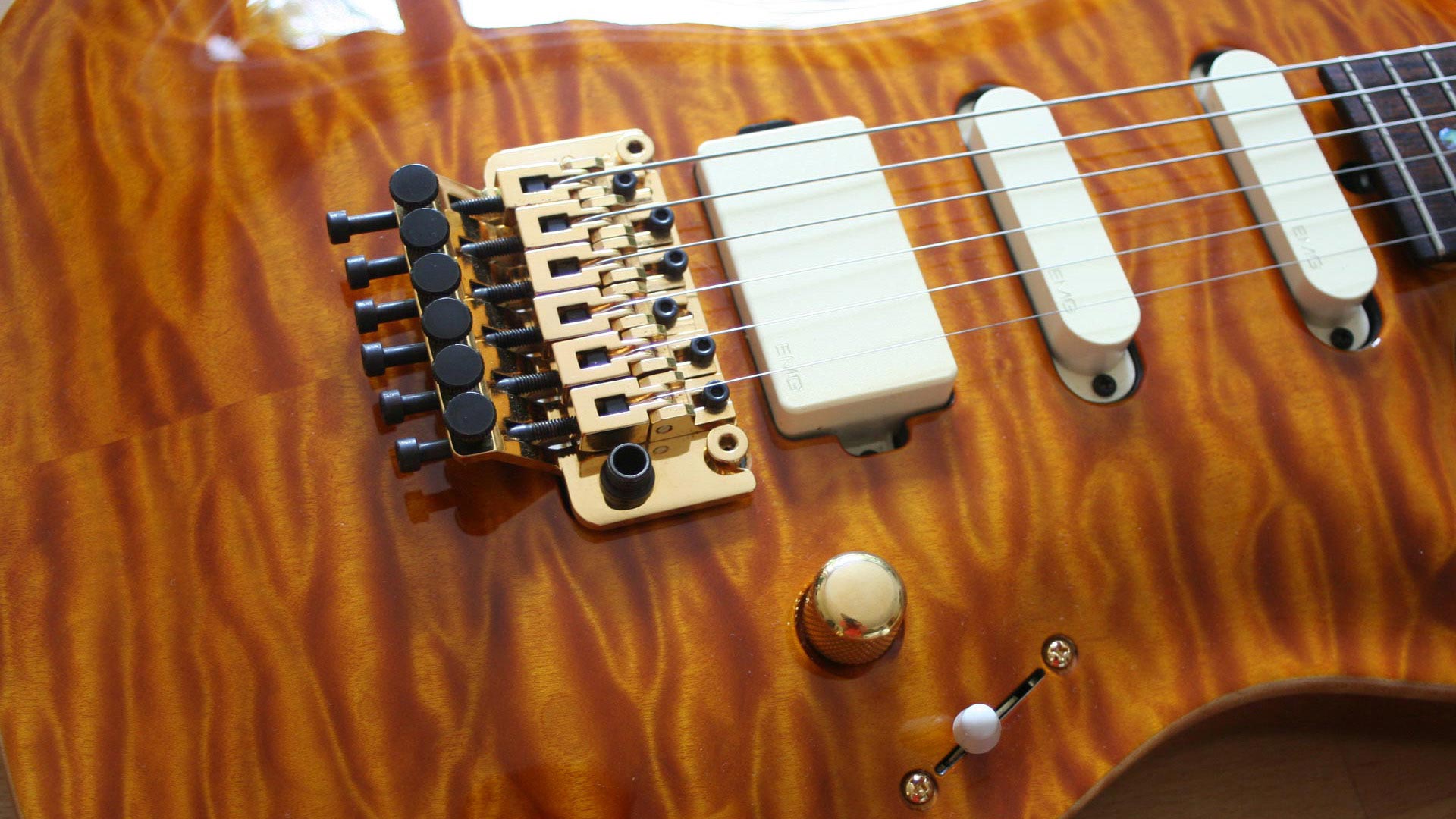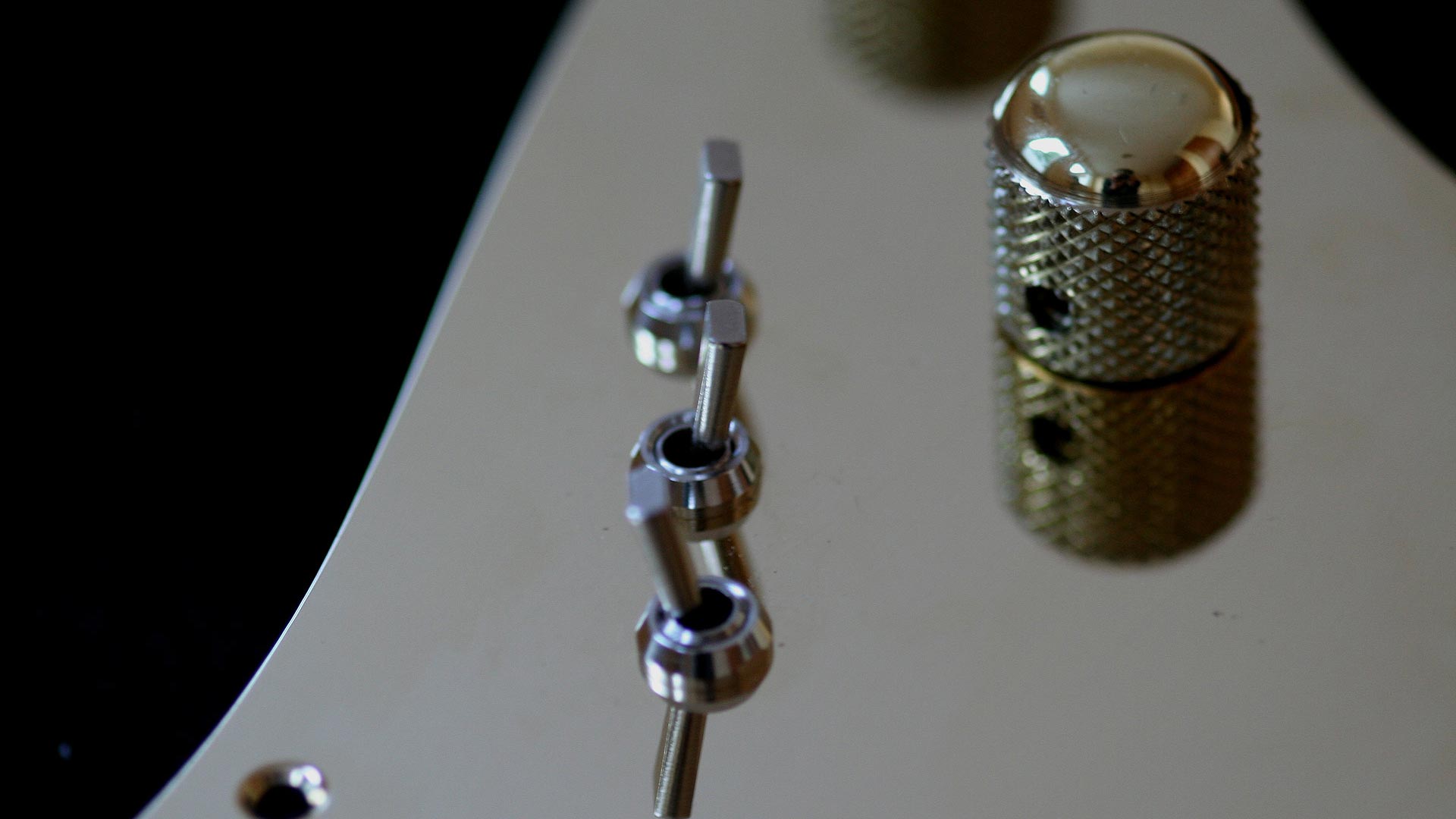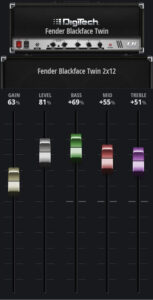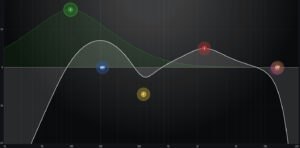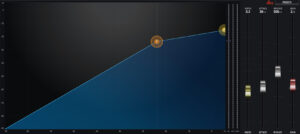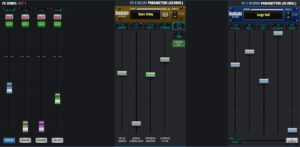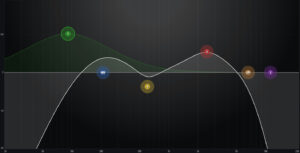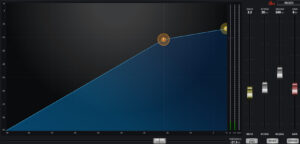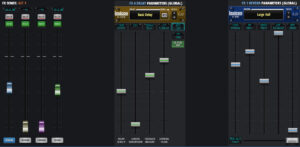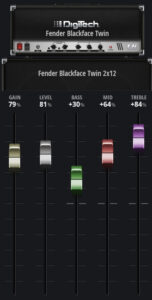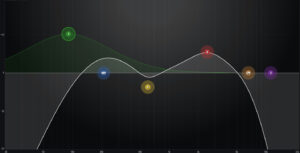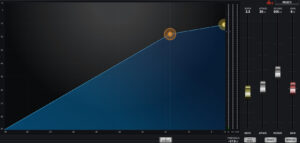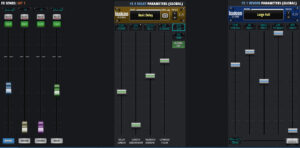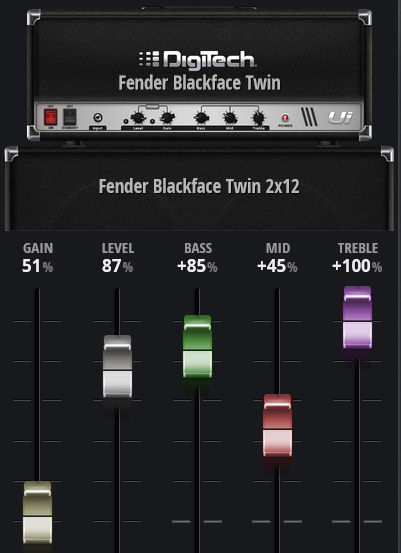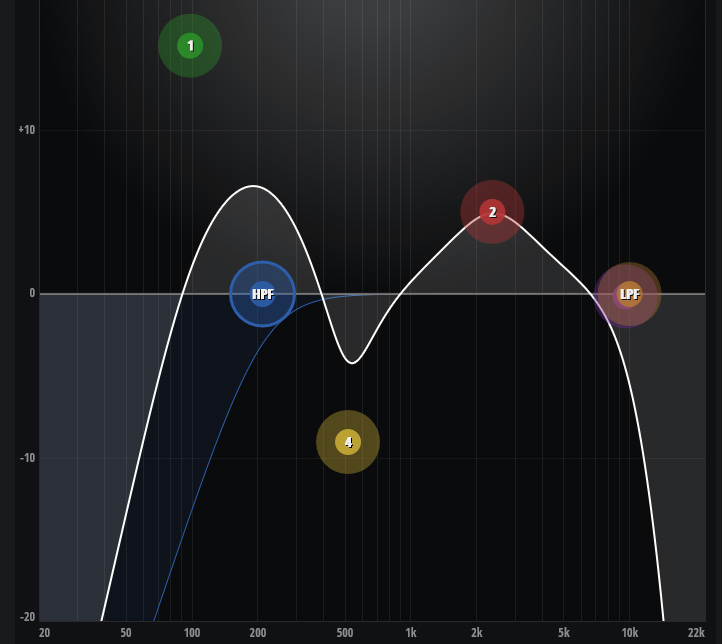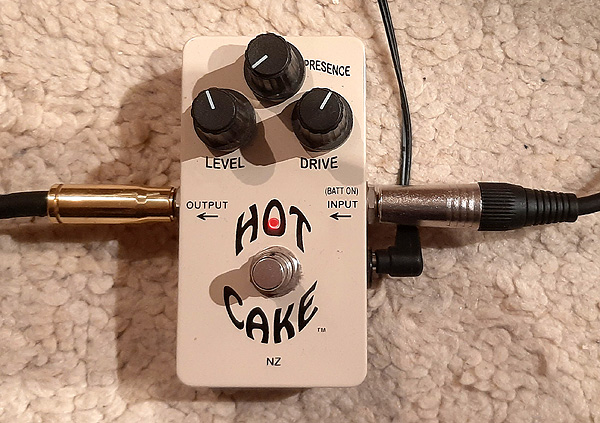Ingo Raven – Whales
I decided to release a video of a song that I recorded 20 years ago. It is less Knopfler-stylish than the guitar videos I normally post here but more in the mood of some Pink Floyd tunes. However, the long outro guitar solo on a Les Paul is of course inspired by Mark’s playing style and technique.
Making the video which is based mostly on a slide show was much fun for me. I hope you will enjoy the result.
Before you ask for the gear: For the last solo I used a 1974 Les Paul Custom through a Fender Princeton tweed amp clone that I built from scratch myself about 30 years ago. No effects besides the usual stuff in the recording software (reverb, delay, compression). Everything was recorded with a system called tripleDAT by CreamWare. I was working for this company back then when I recorded the song.
